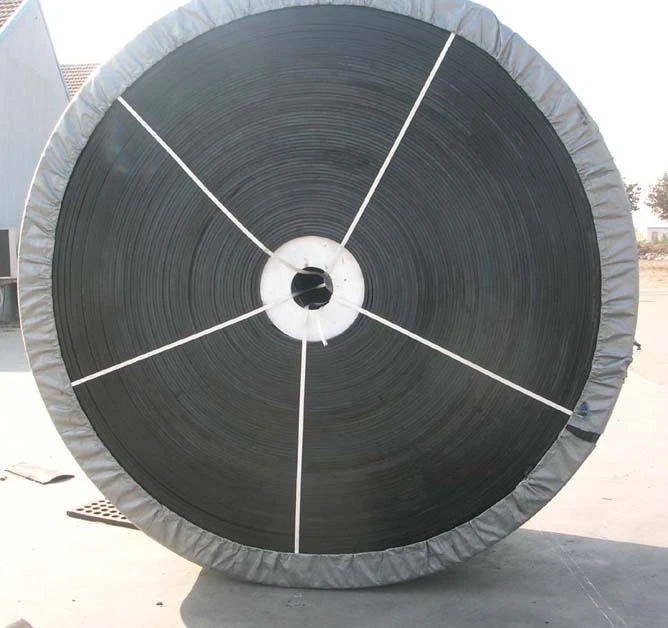 Afrikaans
Afrikaans  Albanian
Albanian  Amharic
Amharic  Arabic
Arabic  Armenian
Armenian  Azerbaijani
Azerbaijani  Basque
Basque  Belarusian
Belarusian  Bengali
Bengali  Bosnian
Bosnian  Bulgarian
Bulgarian  Catalan
Catalan  Cebuano
Cebuano  Corsican
Corsican  Croatian
Croatian  Czech
Czech  Danish
Danish  Dutch
Dutch  English
English  Esperanto
Esperanto  Estonian
Estonian  Finnish
Finnish  French
French  Frisian
Frisian  Galician
Galician  Georgian
Georgian  German
German  Greek
Greek  Gujarati
Gujarati  Haitian Creole
Haitian Creole  hausa
hausa  hawaiian
hawaiian  Hebrew
Hebrew  Hindi
Hindi  Miao
Miao  Hungarian
Hungarian  Icelandic
Icelandic  igbo
igbo  Indonesian
Indonesian  irish
irish  Italian
Italian  Japanese
Japanese  Javanese
Javanese  Kannada
Kannada  kazakh
kazakh  Khmer
Khmer  Rwandese
Rwandese  Korean
Korean  Kurdish
Kurdish  Kyrgyz
Kyrgyz  Lao
Lao  Latin
Latin  Latvian
Latvian  Lithuanian
Lithuanian  Luxembourgish
Luxembourgish  Macedonian
Macedonian  Malgashi
Malgashi  Malay
Malay  Malayalam
Malayalam  Maltese
Maltese  Maori
Maori  Marathi
Marathi  Mongolian
Mongolian  Myanmar
Myanmar  Nepali
Nepali  Norwegian
Norwegian  Norwegian
Norwegian  Occitan
Occitan  Pashto
Pashto  Persian
Persian  Polish
Polish  Portuguese
Portuguese  Punjabi
Punjabi  Romanian
Romanian  Russian
Russian  Samoan
Samoan  Scottish Gaelic
Scottish Gaelic  Serbian
Serbian  Sesotho
Sesotho  Shona
Shona  Sindhi
Sindhi  Sinhala
Sinhala  Slovak
Slovak  Slovenian
Slovenian  Somali
Somali  Spanish
Spanish  Sundanese
Sundanese  Swahili
Swahili  Swedish
Swedish  Tagalog
Tagalog  Tajik
Tajik  Tamil
Tamil  Tatar
Tatar  Telugu
Telugu  Thai
Thai  Turkish
Turkish  Turkmen
Turkmen  Ukrainian
Ukrainian  Urdu
Urdu  Uighur
Uighur  Uzbek
Uzbek  Vietnamese
Vietnamese  Welsh
Welsh  Bantu
Bantu  Yiddish
Yiddish  Yoruba
Yoruba  Zulu
Zulu drive belt idler
Understanding the Drive Belt Idler A Key Component in Automotive Mechanics
The drive belt idler is a crucial component in many vehicles, responsible for maintaining tension in the drive belt system and ensuring optimal performance of various engine accessories. This seemingly simple part plays a significant role in the engine's operation, and understanding its function can help car owners appreciate the intricacies of their vehicles.
What is a Drive Belt Idler?
A drive belt idler is a pulley that guides and tightens the drive belt, which is an essential part of the engine's accessory drive system. The drive belt, also known as the serpentine belt, is a long rubber belt that connects the crankshaft to various engine components, including the alternator, power steering pump, water pump, and air conditioning compressor. The idler pulley keeps the belt taut, preventing slippage and ensuring that all components receive the necessary power to operate efficiently.
The Importance of Drive Belt Idlers
One of the primary functions of the drive belt idler is to manage the tension on the drive belt. If the belt is too loose, it can slip over the pulleys, leading to poor performance of the accessories and even potential engine damage. Conversely, if the belt is too tight, it can cause increased wear and tear, potentially leading to belt failure. The idler pulley is designed to strike a balance, providing the right amount of tension to optimize performance.
In addition to managing tension, the idler pulley also helps to change the direction of the belt. In many automotive designs, the path that the drive belt needs to navigate can be complex, requiring the belt to move around several pulleys. The idler pulley provides a change in direction, allowing the belt to run smoothly across its designated path.
Signs of a Failing Drive Belt Idler
drive belt idler

Like any mechanical component, the drive belt idler can wear out over time. One of the first signs of a failing idler is an unusual noise, often described as a squealing or chirping sound. This noise can occur due to a lack of lubrication or if the bearing within the idler pulley is failing. Additionally, if the drive belt seems loose or exhibits signs of excessive wear, it may be time to inspect the idler pulley.
Owners should also be vigilant about any warning lights on the dashboard. For instance, if the battery warning light illuminates, it could indicate that the alternator is not receiving enough power due to a failing drive belt system, potentially pointing to a malfunctioning idler.
Replacement and Maintenance
Regular inspection of the drive belt and its components, including the idler pulley, is essential to maintain the overall health of a vehicle. Most automotive experts recommend that drivers replace the serpentine belt every 60,000 to 100,000 miles, depending on the manufacturer’s guidelines. During this process, it is advisable to also inspect the idler pulley and replace it if any signs of wear are visible.
When replacing the idler pulley, it’s crucial to use high-quality parts to ensure longevity and performance. Furthermore, proper installation is essential to prevent future issues. If a vehicle owner is unsure about the replacement process, seeking professional assistance is recommended.
Conclusion
The drive belt idler may seem like a small and insignificant part of a vehicle, but its role in ensuring the effective functioning of various engine components cannot be overstated. By maintaining the proper tension on the drive belt and guiding its path, the idler pulley contributes to the overall reliability and performance of the engine. Understanding this component can empower vehicle owners to take better care of their cars, ultimately leading to improved performance and longevity. Regular inspections and timely replacements can help prevent more significant issues down the line, ensuring that your vehicle runs smoothly and efficiently.
-
Revolutionizing Conveyor Reliability with Advanced Rubber Lagging PulleysNewsJul.22,2025
-
Powering Precision and Durability with Expert Manufacturers of Conveyor ComponentsNewsJul.22,2025
-
Optimizing Conveyor Systems with Advanced Conveyor AccessoriesNewsJul.22,2025
-
Maximize Conveyor Efficiency with Quality Conveyor Idler PulleysNewsJul.22,2025
-
Future-Proof Your Conveyor System with High-Performance Polyurethane RollerNewsJul.22,2025
-
Driving Efficiency Forward with Quality Idlers and RollersNewsJul.22,2025





























